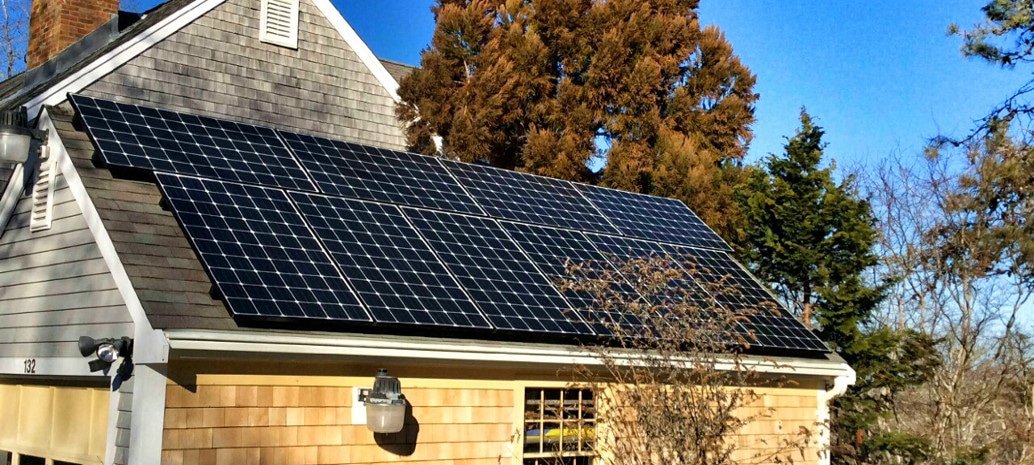Whether they intended to or not is irrelevant. Yesterday, the Massachusetts Department of Public Utilities (DPU) became one of the first state-level commissions to allow a utility to impose separate demand charges on residential customers, in this case on those who own their own PV systems.
It’s not that regulated utilities haven’t tried to get regulators to allow them to impose demand charges on solar customers before. It’s simply that regulators have generally rejected them as too confusing for residential customers to understand or monitor.
Demand charges are fairly routine for commercial/industrial customers because they generally have the technology on their systems to monitor their energy use and can adjust their peak use times accordingly. In general, residential customers don’t have the appropriate technology or understanding of their electricity use.
In the Massachusetts case, Eversource, the utility in question, asked to impose demand charges of $2.21 and $2.71 on its two classes of residential customers, arguing – dubiously – that the demand charges recover the “cost shift” that solar customers impose on other ratepayers because they don’t pay for grid upkeep.
At Intersolar North America 2017, Galen Barbose, a research scientist at Lawrence Berkeley National Laboratory (LBNL), addressed the ever-present issue of cost-shifting, saying that while the argument is technically correct, cost shifting only happens at high rates of penetration – 10% or more. And even at 10%, he estimates an impact of only half a cent per kilowatt-hour.
According to the latest numbers by the U.S. Department of Energy’s Energy Information Administration, Massachusetts residents got around 5% of their electricity from solar in the first nine months of 2017 – although this may fall slightly when winter numbers are added in.
In addition, studies in at least 16 in states around the country have shown that at existing penetrations solar customers don’t impose any net costs on non-solar customers. In fact, most studies have found that customers who deploy solar help non-solar customers by taking pressure off the aging grid.
To address the confusion of residential consumers, Eversource pledged to hold educational sessions for its solar customers and install “demand meters” at their homes. Customers who install solar-electric systems before December 31 will be grandfathered under the old rates, but any consumers that install systems after January 1, 2019 will be subject to the new demand charges.
This content is protected by copyright and may not be reused. If you want to cooperate with us and would like to reuse some of our content, please contact: editors@pv-magazine.com.








By submitting this form you agree to pv magazine using your data for the purposes of publishing your comment.
Your personal data will only be disclosed or otherwise transmitted to third parties for the purposes of spam filtering or if this is necessary for technical maintenance of the website. Any other transfer to third parties will not take place unless this is justified on the basis of applicable data protection regulations or if pv magazine is legally obliged to do so.
You may revoke this consent at any time with effect for the future, in which case your personal data will be deleted immediately. Otherwise, your data will be deleted if pv magazine has processed your request or the purpose of data storage is fulfilled.
Further information on data privacy can be found in our Data Protection Policy.